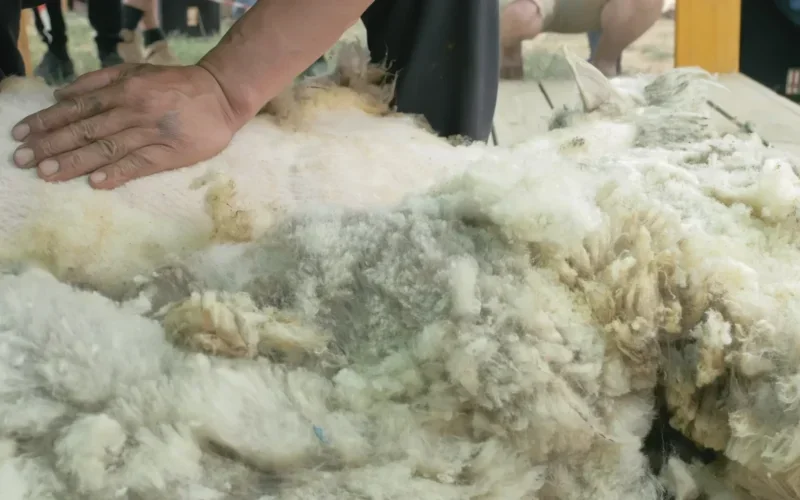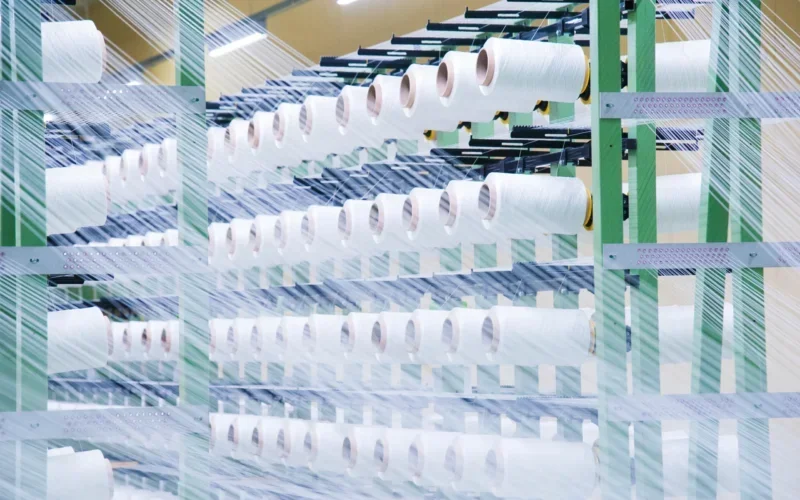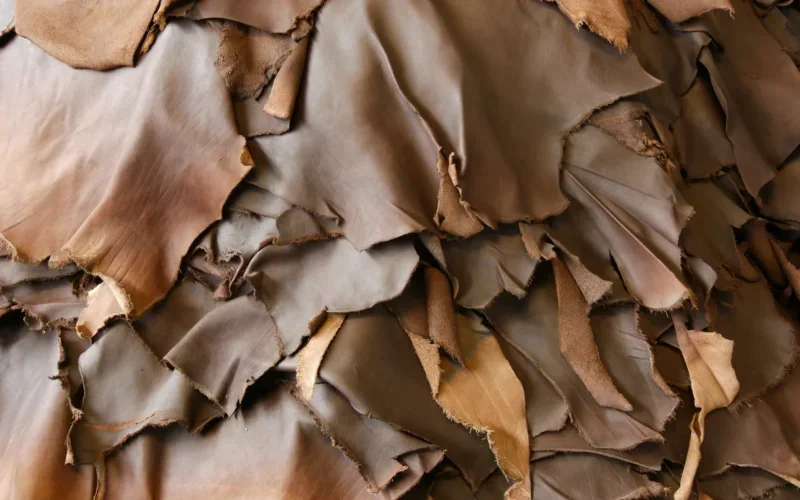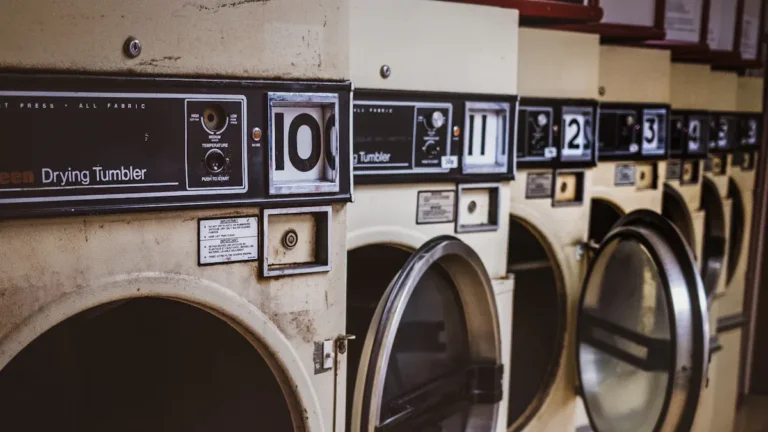Trockenmittel für die Aufbewahrung von Kleidungsstücken
Herausforderungen für die Industrie
Sensitivity & Safety
- Textiles, dyes, and trims can easily stain, and react with chemicals, and foreign materials can stick to them. Desiccants must be dust-free, leaching-free, and free of any unit mold or pure residue to safely contain sensitive textiles (like silk, leather, and synthetic blends) and to keep products within compliance of local regulations (e.g. Prop 65, REACH)
Degradation Variability
- Moisture does not just inhibit performance by way of dampness; but also can lead to: mold and mildew growth on organic fibers (like: cotton, wool) yellowing/discoloration of whites/synthetics molded metal trims (like: zippers, rivets, snaps) adhesive failure; and musty odors, that hang around. Products require different levels of protection.
Dynamic Environment
- Global supply chains inherently expose goods to extreme changes in humidity and temperature - ocean voyages, stopping in tropical ports, air-freighted freight, long duration storage etc. The desiccants must maintain high absorption capacity and physical characteristics and not prematurely saturate in these very harsh, different environments.
Nachhaltigkeit
- The industry is under siege for ways to reduce waste for consumption packaging. Desiccants that are plastic or a plastic composite and cannot be recycled, are not aligned with brand eco-initiatives. We need to develop biodegradable, recyclable, or reusable product formats that do not limit performance.
Warum unsere Trockenmittel wählen

Guaranteed Material Safety
Our desiccants are rigorously engineered to be dust-free, non-leaching, and non-staining, ensuring absolute protection for sensitive fabrics, dyes, leather, and trims.

Superior Corrosion Protection
Advanced formulations effectively prevent rust on all types of metal components integrated into garments and accessories.

Unmatched Performance Across Climates
Our desiccants maintain consistent high moisture absorption capacity and physical integrity under extreme humidity fluctuations encountered in global logistics.

Enhanced Sustainability Focus
Our desiccants are designed for secure placement within packaging, remaining unobtrusive and easy to handle for manufacturers and consumers.

Optimized User Experience
Our desiccants are designed for secure placement within packaging, remaining unobtrusive and easy to handle for manufacturers and consumers.
Verwendung
Natural Fibers (Cotton, Wool, Linen, Silk)
Überblick über die Verwendung
Protecting hygroscopic natural fibers prone to moisture absorption, microbial growth, and physical degradation during storage and transit.

Die wichtigsten Vorteile
- Prevents Mold/Mildew Growth: Actively controls humidity to inhibit fungal and bacterial growth on organic materials, avoiding irreversible stains and fiber damage.
- Maintains Dimensional Stability: Reduces risks of fiber swelling, shrinkage, or distortion caused by ambient moisture uptake during storage.
- Preserves Colorfastness: Protects natural dyes and pigments from bleeding, fading, or discoloration induced by high humidity or condensation.
- Prevents Water Spotting: Shields delicate fabrics like silk and unfinished linen from permanent watermark stains caused by localized moisture exposure.
- Eliminates Musty Odors: Prevents the development of odor-causing microbes that thrive in damp environments on wool and cotton.
Synthetics & Blends (Polyester, Nylon, Viscose, Blended Fabrics)
Überblick über die Verwendung
Protecting moisture-sensitive coatings, dyes, and components within synthetic textiles and their blends.

Die wichtigsten Vorteile
- Prevents Color Migration: Reduces humidity-driven dye transfer issues between different fabric layers or printed surfaces.
- Protects Functional Coatings: Prevents delamination, cracking, or loss of water repellency (e.g., DWR finishes) due to moisture absorption in coatings.
- Minimizes Fiber Degradation: Slows hydrolysis of nylon and other polymers sensitive to moisture-induced molecular breakdown.
- - Reduces Fiber Caking: Prevents moisture-related clumping or stiffening of synthetic fibers like rayon or viscose during compression storage.
- Safeguards Elastics: Maintains integrity and elasticity of spandex and other elastomeric fibers vulnerable to hydrolysis.
Leather & Suede
Überblick über die Verwendung
Protecting animal hides and finished leather goods sensitive to mold, salt efflorescence, and finish damage from humidity.

Die wichtigsten Vorteile
- Inhibits Mold Growth: Prevents destructive mold colonization on protein-rich leather surfaces and backing materials.
- Prevents Salt Efflorescence: Minimizes migration and crystallization of tanning salts to the surface, avoiding unsightly white blooms.
- Preserves Finish & Softness: Protects surface finishes, dyes, and fatliquors from moisture-induced degradation, preventing hardening or cracking.
- Avoids Staining: Reduces risks of moisture-related dark stains or discoloration, particularly on light-colored or aniline leathers.
- Prevents Odor Absorption: Reduces leather's tendency to absorb and trap musty environmental odors during transit or storage.
Metal Trims & Fasteners (Zippers, Buckles, Snaps, Rivets)
Überblick über die Verwendung
Protecting corrosion-prone metal components integrated into textile products.

Die wichtigsten Vorteile
- Prevents Rust & Corrosion: Creates a dry micro-environment to inhibit oxidation and galvanic corrosion on steel, brass, or aluminum fittings.
- Avoids Fabric Staining: Eliminates rust transfer from trims onto surrounding textiles, preserving garment appearance.
- Maintains Functionality: Ensures smooth operation of zippers, clasps, and buckles by preventing corrosion-induced jamming or breakage.
- Protects Plated Finishes: Prevents peeling or tarnishing of decorative metal plating (e.g., gold/silver tones) caused by moisture exposure.
- Uses Targeted Protection: Employes advanced desiccants with vapor phase corrosion inhibitors (VpCI) where direct contact with metal is challenging.
FAQ
Verpackung & Transport Trocknungsmittel
Kieselgel-Trockenmittel sind notwendig, um Produkte während des Transports und der Lagerung zu schützen. Kieselgel-Trockenmittel sind in atmungsaktiven Beuteln oder Kanistern verpackt und regulieren die Feuchtigkeit in Transportbehältern, Kartons und Kisten. Kieselgel absorbiert die Feuchtigkeit in der Umgebungsluft und verhindert so Kondensation, Schimmel, Metallkorrosion und Schäden an feuchtigkeitsempfindlichen Materialien. Silica-Gel eignet sich hervorragend für Elektronik, Maschinen, Kunst und Papierprodukte, um sicherzustellen, dass die Waren in einwandfreiem Zustand ankommen, ganz gleich, welche Klimaveränderungen während der Logistik des weltweiten Transports aufgetreten sein mögen.
Elektronikindustrie
Kieselgel ist für seine feuchtigkeitsregulierenden Eigenschaften bei der Herstellung und Lagerung von Elektronik bekannt. Der ordnungsgemäße Schutz empfindlicher Komponenten ist von entscheidender Bedeutung, insbesondere bei der Verpackung von Produkten wie Leiterplatten, Halbleitern oder optischen Geräten. Durch die Verwendung von Kieselgel in versiegelten Verpackungen oder versiegelten Schränken wird die Elektronik in einer Umgebung mit niedriger Luftfeuchtigkeit aufbewahrt. Dadurch wird das Risiko unvorhergesehener Schäden an Bauteilen durch Oxidation, elektrische Kurzschlüsse und Leistungsausfälle jeglicher Art verringert. Die Eigenschaften von Kieselgel, das nicht korrosiv, staubfrei und für den direkten Kontakt mit empfindlichen Teilen geeignet ist, gewährleisten einen sicheren Versand und eine sichere Handhabung im ungeöffneten Zustand ab Werk.
Pharmazeutische Industrie
Kieselgel bietet lebenswichtigen Feuchtigkeitsschutz in Arzneimittelflaschen, Diagnosekits und als Bestandteil von Verpackungen für medizinische Geräte. Kieselgel erfüllt die Anforderungen der FDA und der Pharmakopöen und schützt Tabletten, Kapseln und Laborreagenzien sowohl vor feuchtigkeitsbedingtem Abbau als auch vor erhöhtem Feuchtigkeitsgehalt. Außerdem stabilisiert Kieselgel den Feuchtigkeitsgehalt in versiegelten Umgebungen und verlängert so die Haltbarkeit, Sterilität und therapeutische Wirksamkeit oder Lebensfähigkeit. Kieselgelpakete gleichen nicht nur Feuchtigkeitsschwankungen aus, sondern sind auch transparent, was eine visuelle Inspektion ermöglicht. Darüber hinaus stellen kobaltfreie Kieselgelpakete in bewusst sensiblen Anwendungen keine Toxizitätsprobleme dar.
Lebensmittelindustrie
Kieselgel bietet lebenswichtigen Feuchtigkeitsschutz in Arzneimittelflaschen, Diagnosekits und als Bestandteil von Verpackungen für medizinische Geräte. Kieselgel erfüllt die Anforderungen der FDA und der Pharmakopöen und schützt Tabletten, Kapseln und Laborreagenzien sowohl vor feuchtigkeitsbedingtem Abbau als auch vor erhöhtem Feuchtigkeitsgehalt. Außerdem stabilisiert Kieselgel den Feuchtigkeitsgehalt in versiegelten Umgebungen und verlängert so die Haltbarkeit, Sterilität und therapeutische Wirksamkeit oder Lebensfähigkeit. Kieselgelpakete gleichen nicht nur Feuchtigkeitsschwankungen aus, sondern sind auch transparent, was eine visuelle Inspektion ermöglicht. Darüber hinaus stellen kobaltfreie Kieselgelpakete in bewusst sensiblen Anwendungen keine Toxizitätsprobleme dar.

